| [1] 鲁经纬,徐志宏,陈东阳,等.关节镜下治疗伴有半月板撕裂、游离体的膝关节骨关节炎的临床疗效分析[J].中华骨与关节外科杂志,2015,8(2):112-115.[2] Shaw JA,Chung R. Febrile response after knee and hip arthroplasty. Clin Orthop Relat Res. 1999;367:181-189.[3] Moreschini O, Greggi G, Giordano MC, et al. Postoperative physiopathological analysis of inflammatory parameters in patients undergoing hip or knee arthroplasty. Int J Tissue React. 2001;23(4):151-154.[4] Parvizi J, Chanem E, Menashe S, et al. Periprosthetic infection: what are the diagnostic challenges. Bone Joint Surg Am. 2006; 88:138-147.[5] 马风龙,沈明球,刘俊昌,等.膝关节骨性关节炎治疗观察[J].实用中医药杂志,2012,28(9):774-775.[6] 赵晨西,刘明远.膝关节骨性关节炎的治疗进展[J].湖南中医杂志, 2018,34(11):191-194.[7] Mullaji A, Lingaraju AP, Shetty GM. Computer-assisted total knee replacement in patients with arthritis and a recurvatum deformity. J Bone Joint Surg Br. 2012;94(5):642-647.[8] Huang GY, Xia J, Wang Q, et al. Total knee arthroplasty using trochlear groove as guide for position of femoral component in severe knee osteoarthritis. BMC Surg. 2016; 16(1):33.[9] Kester BS, Minhas SV, Vigdorchik JM, et al. Total knee arthroplasty for posttraumatic osteoarthritis: Is it time for a new classification. Arthroplasty. 2016;31(8):1649-1653.[10] Del Pozo JL,Patel R. Clinical practice. Infection associated with prosthetic joints. N Engl J Med. 2009;361(8):787-794.[11] 周振宇. 髋膝关节置换术后假体周围感染预防和治疗的相关研究[D].苏州:苏州大学,2016.[12] 张鑫,李慧娟,周亮,等. 人工关节置换术后感染的预防、诊断和治疗研究进展[J]. 实用药物与临床,2016,19(5):639-643.[13] Luthringer TA, Fillingham YA, Okroj K, et al. Periprosthetic joint infection after hip and knee arthroplasty:a review for emergency care providers. Ann Emerg Med. 2016;68(3): 324-334.[14] Weiser MC, Moucha CS. The current state of screening and decolonization for the prevention of Staphylococcus aureus surgical site infection after total hip and knee arthroplasty. J Bone Joint Surg Am. 2015;97(17):1449-1458.[15] Richardson AB, Bala A, Wellman SS, et al. Perioperative dexamethasone administration does not increase the incidence of postoperative infection in total hip and knee arthroplasty: a retrospective analysis. J Arthroplasty. 2016; 31(8):1784-1787.[16] Ticinesi A, Lauretani F, Nouvenne A, et al. C-reactive protein (CRP) measurement in geriatric patients hospitalized for acute infection. Eur J Int Med. 2017;37:7-12. [17] Athanassious C, Samad A, Avery A, et al. Evaluation of fever in the immediate postoperative period in patients who underwent total joint arthroplasty. J Arthroplasty. 2011;26(8): 1404-1408. [18] Patel R, Alijanipour P, Parvizi J. Advancements in diagnosing periprosthetic joint infections after total hip and knee arthroplasty. Open Orthop J. 2016;10:654-661.[19] De Vecchi E,Romanò CL,De Grandi R,et al. Alpha defensin, leukocyte esterase, C-reactive protein, and leukocyte count in synovial fluid for pre-operative diagnosis of periprosthetic infection. Int J Immunopathol Pharmacol. 2018;(32): 2058738418806072.[20] Lee YS,Koo KH,Kim HJ,et al.Synovial Fluid Biomarkers for the Diagnosis of Periprosthetic Joint Infection: A Systematic Review and Meta-Analysis. J Bone Joint Surg Am. 2017; 99(24):2077-2084.[21] 王利,陆琳松,殷剑,等.联合检测降钙素原、血沉、C-反应蛋白在膝关节置换术后感染的临床意义[J].中华关节外科杂志(电子版), 2014,8(5):585-588.[22] 张林,李剑峰.膝关节感染患者6种感染指标水平的检验结果分析[J].国际检验医学杂志,2017,38(16):2213-2215.[23] 梁峰,许晓军,姚强,等.全膝关节置换术后CRP和ESR变化的临床研究[J].中国骨与关节损伤杂志,2014,29(1):73-74.[24] Romanò CL, D'Anchise R, Calamita M, et al. Value of digital telethermography for the diagnosis of septic knee prosthesis: a prospective cohort study. BMC Musculoskelet Disord. 2013;14: 7.[25] Ring EF, Dieppe PA, Bacon PA. The thermographic assessment of inflammation and anti-inflammatory drugs in osteoarthritis. Br J Clin Pract. 1981;35(7-8):263-264.[26] Haidar SG, Charity RM, Bassi RS, et al. Knee skin temperature following uncomplicated total knee arthroplasty. Knee. 2006;13:422-426.[27] Kristiansson M,Soop M,Sundqvist KG, et al. Local vs. systemic immune and haemostatic response to hip arthroplasty. Eur J Anaesthesiol.1998;15(3):260-270.[28] Mehra A, Langkamer VG, Day A, et al. C reactive protein and skin temperature post total knee arthroplasty. Knee. 2005; 12(4):297-301.[29] Sibbald RG, Muiti A, Amstrong DG. Infrared skin thermometry: an underutilized cost-effective tool for routine wound care practice and patient high-risk diabetic foot self-monitoring. Adv Skin Wound Care. 2015;28(1):37-44.[30] Fierheller M, Sibbald RG. A clinical investigation into the relationship between increased periwound skin temperature and local wound infection in patients with chronic leg ulcers. Adv Skin Wound Care. 2010;23(8):369-379.[31] Mumingjiang Y, Zhou X, He R. Value of knee skin temperature measured by infrared thermography and soluble intercellular adhesion molecule-1 in the diagnosis of peri-prosthetic knee infection in Chinese individuals following total knee arthroplasty. Chin Med J (Engl). 2014;127(17):3105-3109. |
.jpg)
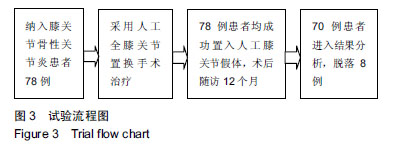
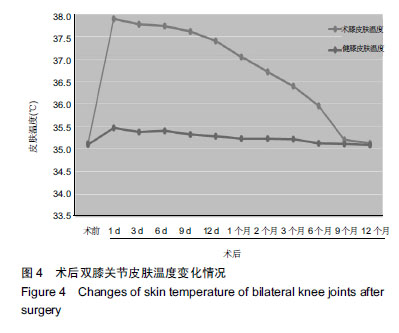
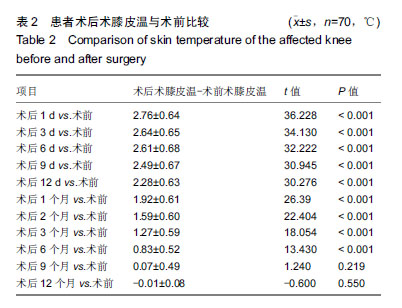
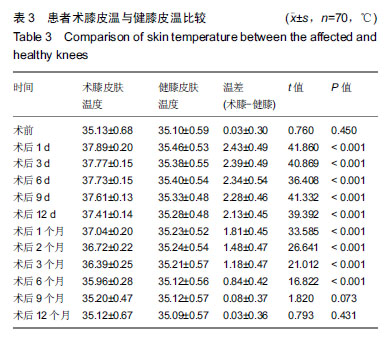
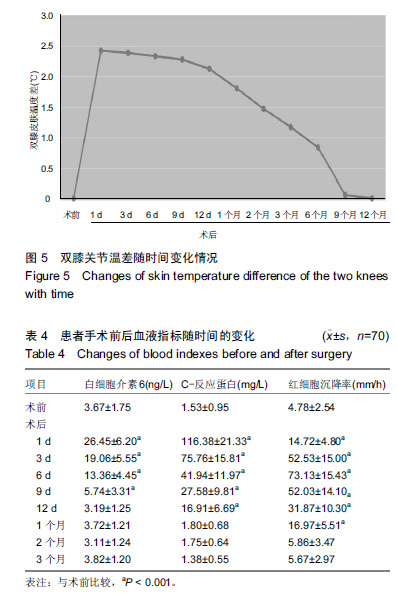
.jpg)
.jpg)
.jpg)
.jpg)